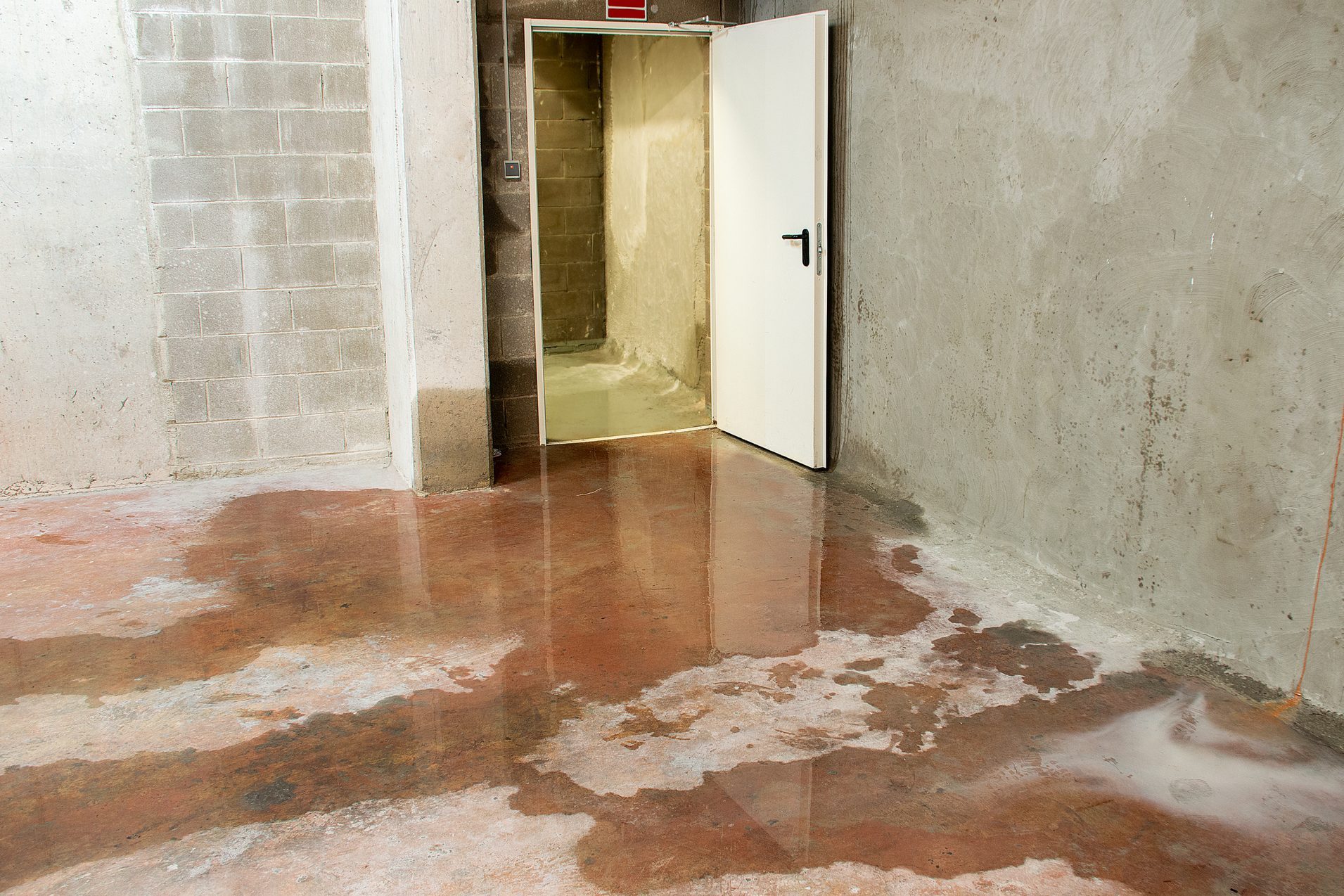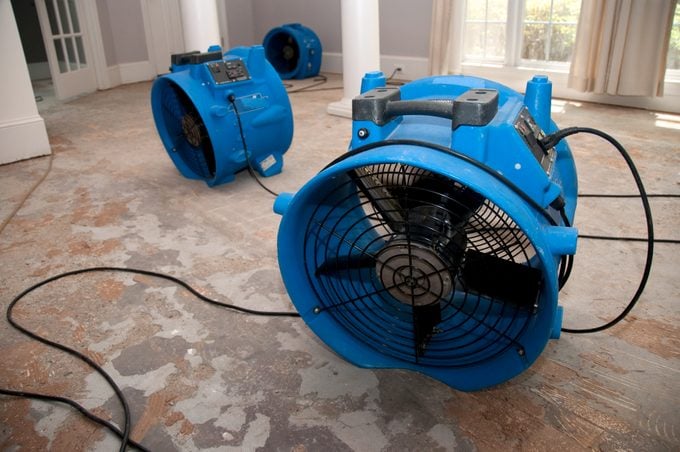These tips can help keep you and your family safe and ensure a smooth recovery.

What To Do Before, During and After a Flood

Floods are among the most dangerous and destructive natural disasters. In the U.S., floods cause more monetary damage than any other weather-related event — about $8 billion a year, according to the 2016 testimony of Michael Grimm, then FEMA’s assistant administrator for mitigation.
That’s a scary number. And many folks don’t know what to do before the flood, let alone during or after.
This guide will explain some of the most important actions people can take to minimize losses, protect their families and get back to normal when facing a flood.
On This Page
What To Do Before the Flood
Whether it’s everyday preparation or reacting to news of an imminent storm, here are some things people should do before a flood:
-
Know if your area is at risk of flooding. FEMA compiles data and defines areas based on their flood risk.
-
Stay alert to changing conditions and warnings by signing up for emergency public safety announcements with local agencies.
-
If you’re in an area with flood risk, contact your insurance company about a flood policy. Basic policies usually don’t cover flood damage.
-
Retrofitting air conditioners, electrical panels, water heaters and furnaces so they’re up off the basement floor can protect them from water damage.
-
Install check valves on drain pipes. Flood waters often disrupt sewage systems and push raw sewage into homes. Check valves can prevent it.
-
Don’t store important documents and valuables on the lower floors or in the basement. Keeping them in second-floor bedrooms or the attic can protect them from flood waters.
-
Develop an evacuation plan. Everyone should know which vehicle to pack, who is responsible for each child or pet, and where the family will be heading. These are important details to work out before an emergency occurs.
-
Assemble a kit of emergency items, which Ready.gov outlines here.
-
Keep cell phones charged, and consider charging a portable power bank.
-
If a flood is imminent, shut off utilities, especially electricity and gas. However, don’t touch electrical devices if there’s already water in the home.
What To Do During the Flood
The sight of rising waters can be scary, full of uncertainty and confusion. Take the following actions to keep your family safe:
-
Find shelter. Whether it’s your home, a neighbor’s, or a shelter on higher ground, it’s safer to be indoors somewhere than outdoors in flood waters.
-
Follow instructions from public safety officials. Emergency service crews will take their lead from them, so areas told to evacuate may not receive as much attention during the height of the flooding.
If you evacuate
-
Avoid moving through flood waters. Ready.gov says six inches of water can knock a person down, while one foot can sweep a vehicle away. Also, remember the phrase “Turn Around, Don’t Drown!”
-
Flood water can hide debris, sewage, electrical hazards and other dangers.
-
If your vehicle is trapped in rapidly moving water, stay inside. If the vehicle fills with water, seek refuge on the roof.
-
Avoid evacuating over bridges spanning fast-moving water. These can fail without warning, taking you and your loved ones with them.
If you shelter in place
-
Move to the upper floors. Flood waters against the lower floors can infiltrate the home, break windows and cause generally dangerous conditions. Also, consider moving to a neighbor’s home on higher ground if you can safely do so.
-
Stay aware of changing conditions and alerts by listening to the radio or periodically checking weather apps.
-
If the waters continue to rise and make the home unsafe, carefully move to the roof and call 9-1-1 for help.
What To Do After a Flood

The things you do after the water recedes are critical to a safe recovery from this natural disaster. The following tips should help keep you and your family safe while moving toward a resolution:
On the way home
-
Continue monitoring news broadcasts and public safety announcements.
-
If you’ve evacuated, don’t go home until public safety officials say it’s safe to do so. Be sure the route home is open and passable.
-
Avoid utility lines and poles laying on the ground. They could still be energized and pose a serious risk to the immediate area. Be sure to call the utility company to alert them, especially if you live on a private road.
-
Don’t enter the home if it’s been visibly damaged. Wait until emergency personnel clear the structure.
-
Watch your step. Flood waters can spread debris and hazardous materials, turning otherwise safe walkways into treacherous paths.
Once you’re home
-
Avoid touching electrical equipment while wet or standing on wet ground. You may need a professional electrician’s help to deem the equipment safe.
-
Have well water quality checked for bacteria and chemicals. Formulate a backup plan for water just in case.
-
Have septic systems and sewage lines inspected and repaired as soon as possible.
-
For insurance purposes, take pictures of any damage, inside and outside the home.
-
Take inventory of any damaged items that need to be replaced.
-
Start a flood insurance claim.
-
Throw out any food left behind, including canned goods. Also, discard fruits or vegetables in flooded gardens. Even bottled water exposed to flood waters will be unsafe to drink.
-
Clean and disinfect all surfaces in the home. Use bleach and water to clean floors and walls, but hire a professional cleaning and restoration company for carpeting, mattresses and upholstered furniture. Here is how to remove water from a flooded room.
-
Cut out and remove wet drywall and insulation. Allow the framing to dry before insulating. A moisture meter can ensure the wood is dry enough. Mold is one of the most dangerous aspects of flooding after the fact, and it needs to be treated seriously.
Staying Safe Means Being Smart
Property can be replaced, but lives cannot. Folks experiencing flooding emergencies should be smart about every decision they make. It’s important to be prepared, make safety-minded decisions, and trust that emergency services personnel have everyone’s best interest in mind.




















